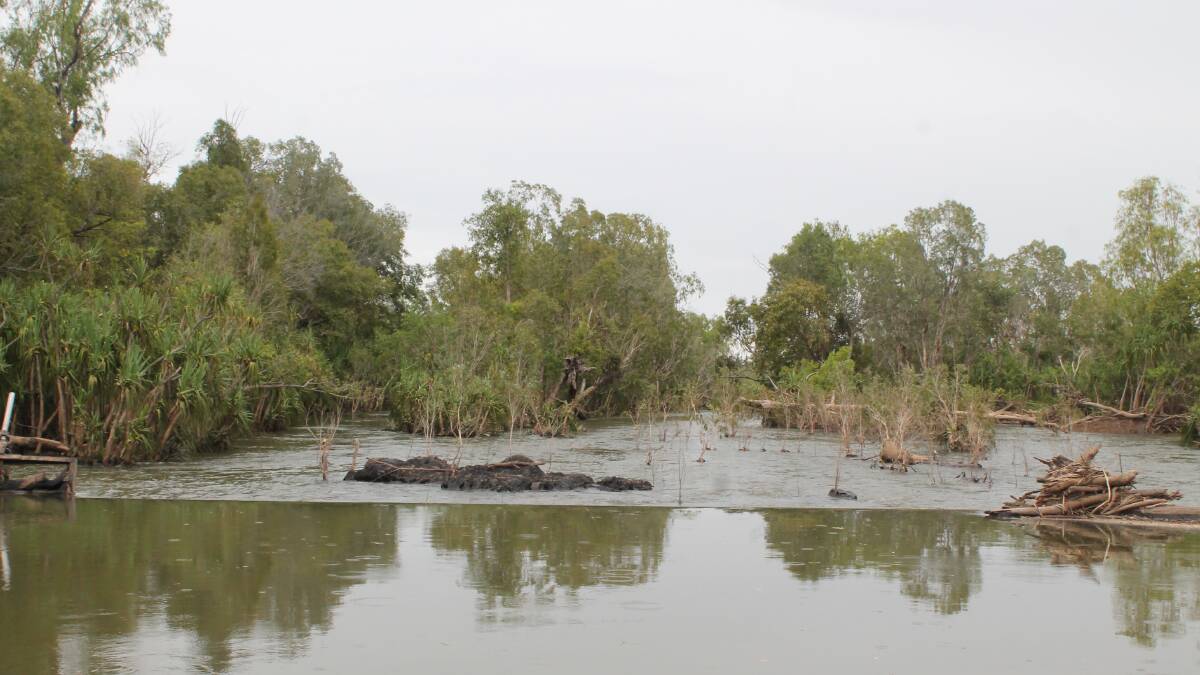
The Federal Government has ruled out land purchases as a result of PFAS contamination.
Subscribe now for unlimited access.
or signup to continue reading
The Federal Government’s PFAS Taskforce yesterday announced a $73.1 million package of measures.
“Based on the knowledge and evidence available at this time, the Federal Government is not considering a land purchase program as a result of PFAS contamination,” the government said.
Relevant departments will continue current PFAS investigation, management and remediation programs, and will review management practices and adjust them as necessary to respond to any new evidence as it arises.
The government will provide $55.2 million over five years from 2018-19 for a drinking water program.
The program, which has commenced, is for property owners in communities surrounding Army Aviation Centre Oakey and RAAF Bases Williamtown, Tindal and Pearce, who use bores as their primary source of drinking water, and where PFAS is present at levels above the drinking water guidance value.
Residents surrounding defence bases, including Katherine, are already mounting class actions seeking compensation for lost property values from Defence.
The Federal Government said it would also provide an additional $17.9 million over five years from 2017-18 to the Department of the Environment and Energy.
This funding is part of the ongoing commitment to respond to PFAS contamination issues, protect the environment and minimise human exposure.
Part of this funding will support the continued operation of the PFAS Taskforce within the Department of the Environment and Energy. This is consistent with the role Australia’s environment ministers are playing in overseeing the implementation of the Intergovernmental Agreement on a Framework for Responding to PFAS Contamination.
This new funding builds on the Government’s extensive investments of more than $100 million, in research into new technologies for PFAS removal and disposal; research into potential health effects; counselling support and voluntary blood testing for affected communities; and ongoing investigation and remediation activities.
The government also welcomed the Chief Medical Officer’s release of the Independent Expert Health Panel’s report on PFAS exposure.
The panel’s report supports the enHealth advice that there is no consistent evidence that exposure to PFAS causes adverse human health effects, and identifies priority areas for future Australian Government investment in PFAS health research.
More reading:
PFAS in Katherine – a timeline.
The Expert Health Panel’s findings support the approach taken to date by the Australian Government in responding to PFAS contamination, which includes removing exposure pathways, removing sources of contamination and remediating contamination where possible.
Factors like the outcomes of site investigations, human health and ecological risk assessments, and the benefits of having a nationally consistent approach, inform decisions on the kinds of Government support provided to affected communities, on a site-by-site basis.
The Australian Government has considered all the available information relating to PFAS contamination, including site investigation results, community views, expert advice, and scientific data, and is responding to PFAS in a way that is consistent with the available evidence.
The Federal Government said it would continue to work with affected communities.
The government said it had investing $5.7 million to support the Katherine community through access to the voluntary blood testing program, epidemiological study and additional dedicated mental health and counselling services;
- It had invested $12.5 million for a National Research Program into the Human Health Effects of Prolonged Exposure to PFAS;
- It had invested more than $13 million for a National Research Grants Program to fund research into clean-up technologies to remove PFAS from the environment;
- It was conducting extensive investigations at Defence sites and other Commonwealth-owned sites where fire-fighting foams have been in use, to assess potential contamination;
- It had reducing exposure pathways from contaminated drinking water in investigation areas by providing alternative sources of drinking water, including the provision of a water treatment plant to the community of Katherine in the Northern Territory; and was trialing water filtration and other remediation activities at a number of Defence sites;
- It was collaborating with state and territory governments to develop a PFAS National Environmental Management Plan that provides nationally consistent guidelines for managing PFAS contamination;
- It was working on management options for a phase out of PFOS and related compounds as part of Government’s decision-making on ratification of amendments to the Stockholm Convention on Persistent Organic Pollutants; and
- It was developing an Intergovernmental Agreement that supports collaboration and cooperation between the Commonwealth and the States and Territories to respond consistently and effectively to PFAS contamination. The Agreement came into effect on 20 February 2018, when the Commonwealth and South Australia became the first signatories.


